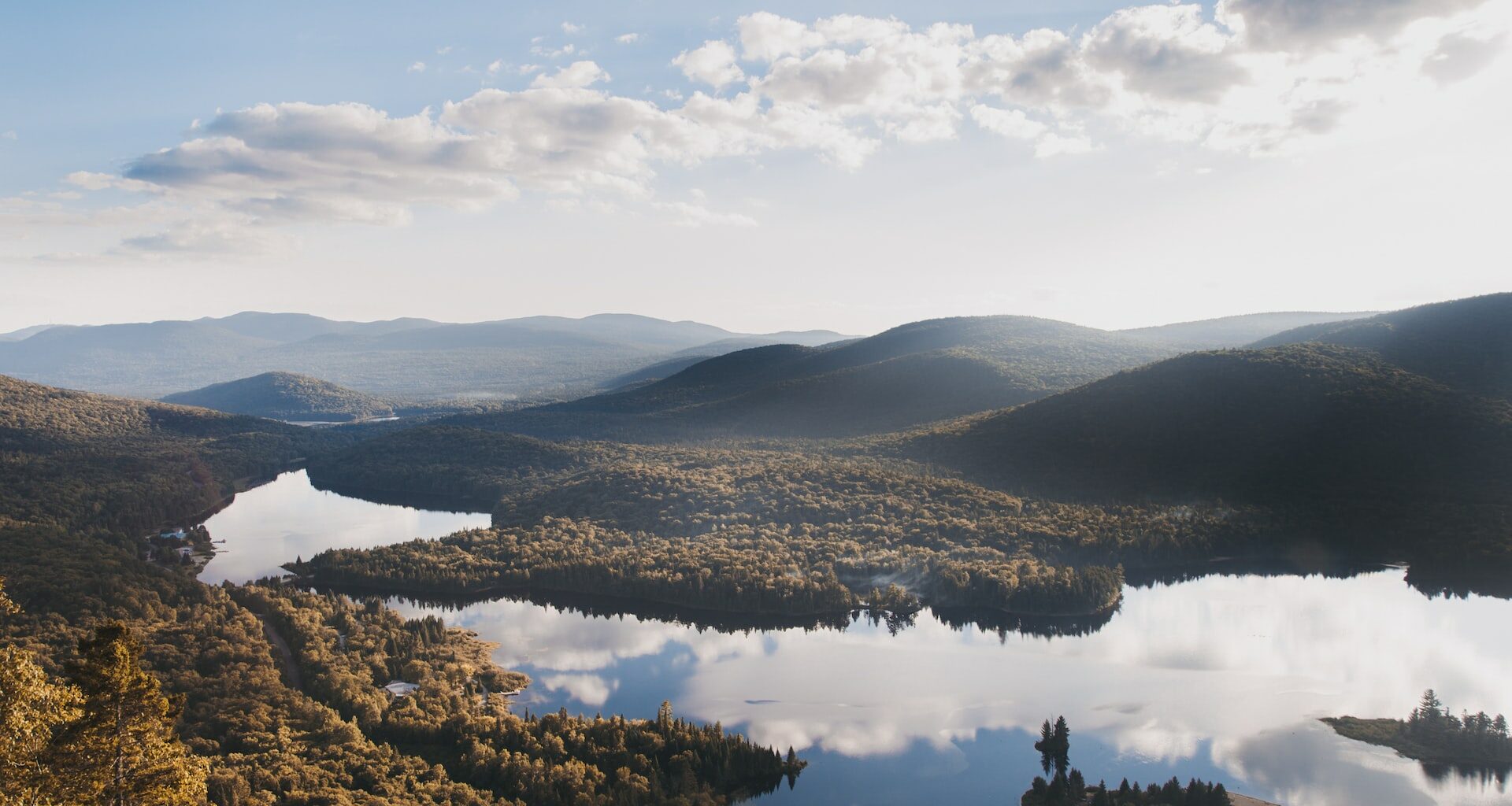In 2021, Canada was the world’s third largest producer of uranium, behind Kazakhstan and Namibia. That production comes from only two mines, and more sources are needed to meet rising demand. Between 2018 and 2020, $1.25 billion was spent globally on exploration and development of further uranium resources. Canada accounted for 44% of that total, more than the next four countries combined.
Canada’s focus on uranium development makes sense. The country is home to the world’s richest uranium deposits in the Athabasca Basin of northern Saskatchewan. The area hosts the world’s largest high-grade deposits, with grades that are 10 to 100 times greater than the average grade of deposits mined elsewhere in the world. Despite the quality of the deposits there are currently only two active mines – the Cigar Lake and McArthur River mines.
Uranium is needed for nuclear power which is an emission-free source of energy. Just last year, the Canada Infrastructure Bank (a federal Crown Corporation of Canada) committed C$970 million toward the country’s first small modular reactor (SMR) in Ontario. Ontario Power Generation, itself a provincial Crown corporation owned by Ontario, will build and operate the reactor. SMRs represent the next wave of nuclear development, and the initial project is expected to lead to others across the country. It is estimated that the SMR will provide power while eliminating emissions equivalent to those of 160,000 gas cars.
With uranium considered a critical mineral to Canada’s national and economic security, there is of course a focus on developing projects in the Athabasca Basin. Two projects are relatively advanced, with both awaiting government review of and public comments on their draft Environmental Impact Statements before submitting final versions of the EIS. These are the Wheeler River Project by Denison Mines Corp. (TSX: DML) (NYSE American: DNN) and the Rook 1 project by NexGen Energy Ltd. (TSX: NXE) (NYSE: NXE). Considering NexGen’s ~$2.2 billion market cap and Denison’s ~$1 billion market cap, public company investors interested in earlier stage projects with more headroom may want to look at explorers in the region.
In that regard, Stallion Discoveries Corp. (TSX-V: STUD) (OTCQB: STLNF) is in the process of assembling a very large land package of prospective uranium properties. Stallion currently owns 194,796 acres of claims in the basin and is in the process of acquiring a 70% interest in another 547,524 acres of claims. This will result in a total of 742,320 acres, of which 692,647 acres will comprise the largest contiguous project in the western portion of the basin.
Map of Stallion’s western Athabasca Basin holdings including pending new acquisitions.
Location, Location, Location
Stallion’s current holdings and the new additions, all shown together in the map above, share significant borders with projects held by Cameco Corporation, Orano Canada, NexGen Energy, Denison Mines Corp, and F3 Uranium (formerly named Fission 3.0). The company expects the scale and strategic location of the asset base will provide numerous high-potential target zones along several major trends.
As an example of the area’s potential, F3 Uranium made a discovery of uranium deposits as high as 59% purity and averaging nearly 7% purity on property directly bordering Stallion claims. For reference, 0.75% uranium is usually considered the threshold for mining.
Of course, proximity does not guarantee results. But the geology of the area points to the potential, and Stallion recently completed an extensive VTEMTM Plus electromagnetic (EM) and magnetic survey that covered all of the company’s 100% owned 194,796 acres in the Basin. The data from the survey is now being interpreted, and the results will guide Stallion’s targets for drilling.
Athabasca Basin Uranium Experience
Stephen Stanley is a major investor in Stallion Discoveries and is an Advisor to the Board of Directors. Mr. Stanley was the President and CEO of Hathor Exploration which bought and developed the Roughrider Deposit in the Basin between 2006 and 2011, identifying an NI 43-101 compliant resource (indicated and inferred) of 57.94 million pounds of uranium. At the time, it was hailed as the third-highest graded uranium deposit in the world behind the McArthur River and Cigar Lake deposits.
In 2011, Hathor was acquired by Rio Tinto for about $550 million following a bidding war with Cameco. The project has not yet been developed, and Uranium Energy Corp. is now the owner with the intent to resurrect the project.
This is the roadmap Stallion Discoveries is following. Acquire land with uranium potential, explore and define the resource, sell to a major capable of further developing the project.
More Holdings, Major Potential
Stallion Discoveries was formed to find, explore, and define world-class mineral deposits that offer very large upside potential. The Athabasca Basin play is a clear example of that strategy but not the only project in the company’s arsenal.
Watch Stallion Discoveries CEO Drew Zimmerman discuss the company’s criteria for acquiring projects with world-class potential.
Prior to the uranium acquisitions this year, Stallion built the company based on gold properties (with a touch of antimony thrown in, a recently-listed critical mineral by the US Department of Interior). The company has two gold properties in development, one in Idaho and the other in Nevada. Stallion feels that hanging its hat on more than one project offers investors more opportunity for success.
The Idaho property is called Horse Heaven, covering 5,817 hectares of mineral rights on federal property. Stallion recently announced it has completed the earn-in and now has 100% ownership of the property. The neighboring property immediately to the east is a past producing gold/antimony/tungsten mine currently being resurrected by Perpetua Resources as the Stibnite Gold Project. Antimony has been produced and shipped from the Horse Heaven property in the past. Geochemical surveys and structural mapping have found similar structures, anomalies and intrusions to the ones found on the neighboring Stibnite property.
Stallion’s other gold property is the Richmond Mountain project in Nevada, just across the road from the Ruby Hill mine recently acquired by i-80 Gold Corp. Situated just outside the town of Eureka, Nevada, the properties sit at the southern end of the prolific Battle Mountain-Eureka Trend. Richmond Mountain displays very similar geology to the adjacent Ruby Hill property. Both feature areas where various alluvial and volcanic rocks have covered deeper poly-metallic formations, including gold, silver, lead, and zinc.
What to Look For
Stallion Discoveries is moving most quickly on its uranium projects in Canada. The company is awaiting guidance from the electromagnetic survey of its current holdings which will lead to a focused drill program on the property. Stallion is also committed to significant exploration activities on the newly-acquired (pending the definitive agreement) properties in the area. Look for announcements surrounding these projects to point the immediate way forward as Stallion looks to capitalize on one of the largest land packages in the heart of the world’s highest grade uranium district.









